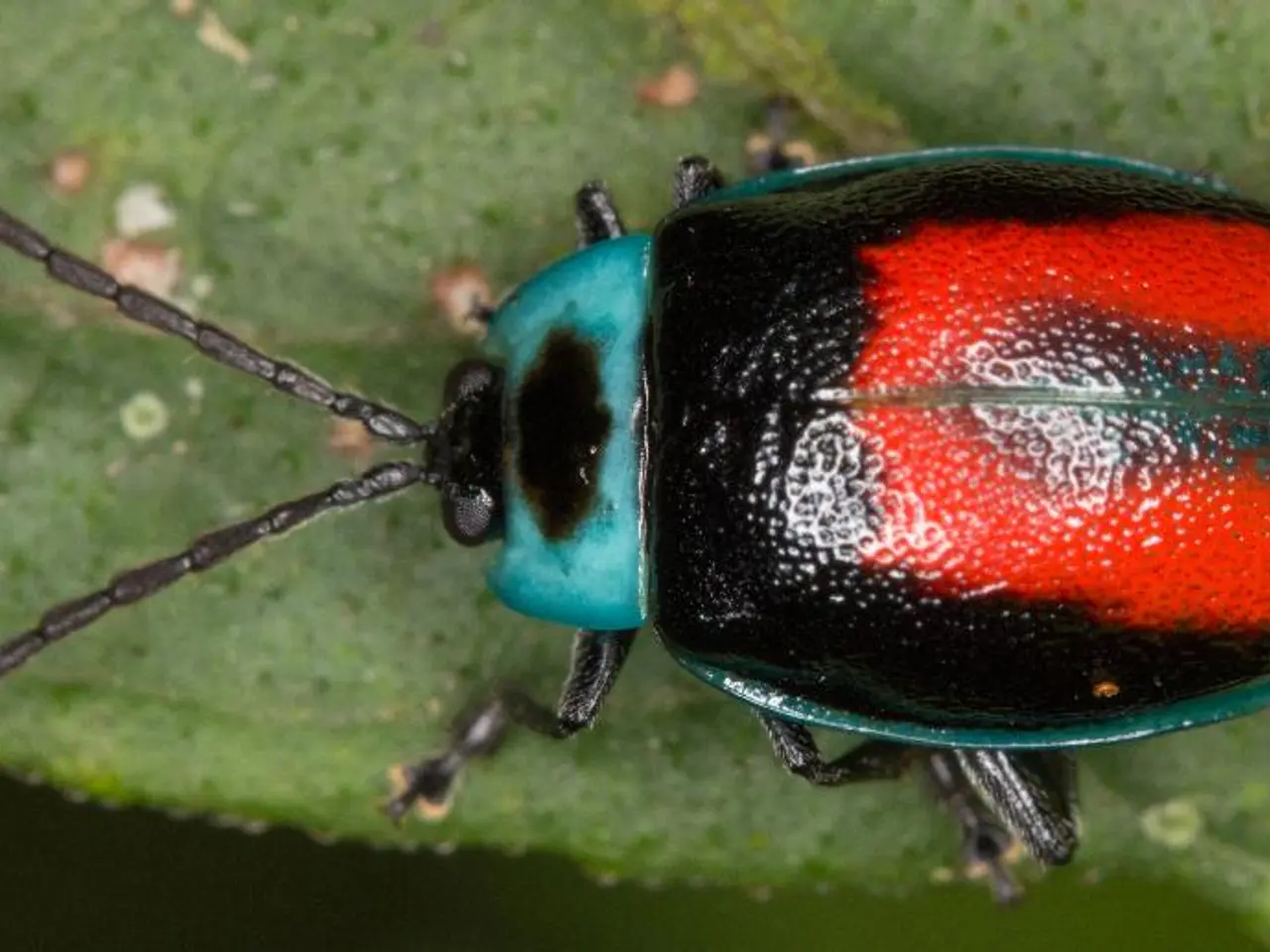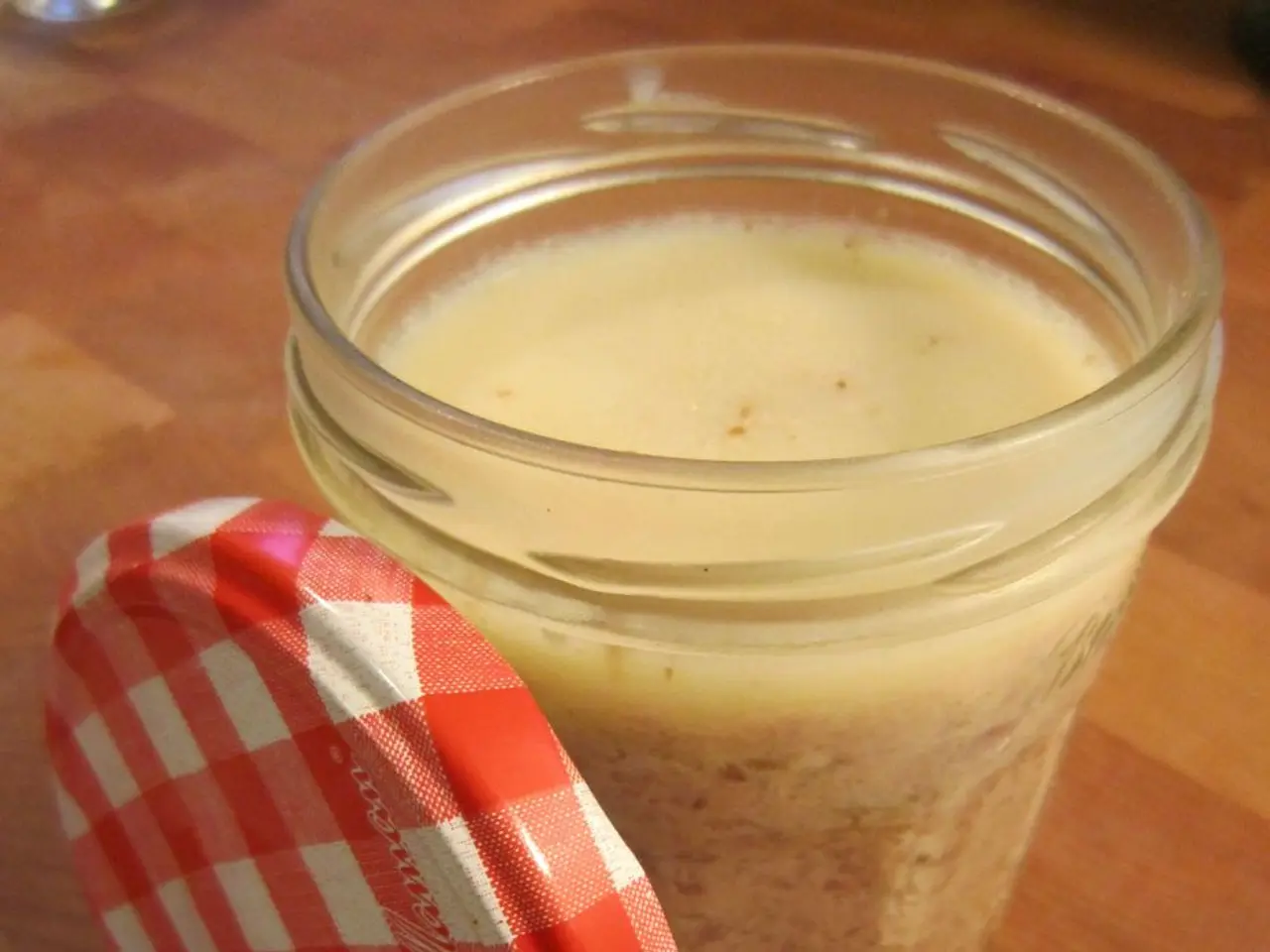Distinguishing Between Asian Lady Beetle and Ladybug: A Notable Variation Exists
In the fall before winter, you might notice a sudden influx of small, orange beetles with black spots in and around your home. These are likely Asian lady beetles, a species that tends to cluster near windows or ceilings to ride out the cold months.
But what sets Asian lady beetles apart from their native counterparts?
Firstly, Asian lady beetles are not true bugs; they are beetles with wings hidden under hardened covers. They can be distinguished from native ladybugs by their color patterns, body shape, behavior, and markings.
Native ladybugs are often bright red with fewer, more symmetrical black spots arranged evenly on their round, dome-shaped bodies. Asian lady beetles, on the other hand, tend to be a bit more orange, with more numerous and erratic black spots in varying patterns.
Another key difference is the markings on their heads. Asian lady beetles typically have a distinctive pale "M" or "W" shaped marking on the white area behind their heads, which native ladybugs lack.
Asian lady beetles seek shelter in large groups indoors in fall and winter for overwintering, especially on sun-warmed light-colored walls, becoming a nuisance pest inside homes. Native ladybugs, however, generally remain outdoors hunting aphids and other pests and do not typically gather indoors in large numbers.
In terms of size and shape, both have the familiar dome shape, but Asian lady beetles often have a slightly more elongated look.
It's important to note that while native ladybugs are beneficial predators feeding on garden pests (aphids), Asian lady beetles also feed on pests but their indoor activity makes them less welcome.
Prevention of Asian lady beetle infestation involves sealing cracks, installing weather stripping, and repairing screens around doors and windows. Trees, shrubs, and food sources like scale insects and aphids help sustain the balance of native species.
If Asian lady beetles have already moved in, crushing them should be avoided due to the unpleasant smell. A vacuum can be used to collect them, and the bag should be disposed of immediately. For minor infestations, soapy water can help in controlling them. Some homeowners use light traps to control infestation as well.
Natural deterrents like citronella oil can repel Asian lady beetles. However, it's worth noting that these methods may not completely evict them from your home once they've settled in.
This article was created in conjunction with AI technology and fact-checked and edited by a HowStuffWorks editor.
Technology can be used to help manage Asian lady beetles, especially when they become a nuisance pest in homes. For instance, light traps can be employed to control infestations effectively. Additionally, home-and-garden enthusiasts might find that lifestyle changes, such as avoiding the use of harmful pesticides and opting for natural deterrents like citronella oil, can help in preventing and repelling Asian lady beetles.




